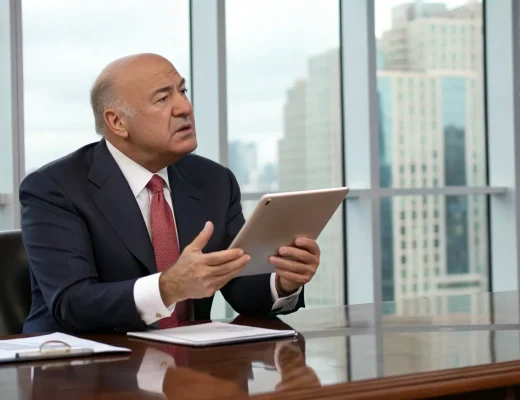
The stock market faces a classic dilemma, presenting traders with two starkly different choices. On Tuesday morning, the S&P 500 traded slightly lower following a tariff reduction on China. Despite the index advancing in 17 of the last 20 trading sessions, tremendous doubt remains about the economy’s ability to avoid a slowdown.
This negativity and doubt have helped build a “wall of worry” that the market has steadily scaled. Investors fearing being left behind have been compelled to invest more capital, even amid concerns that the impact of tariffs and trade turmoil will soon be felt. Higher inflation expectations are building, preventing the Fed from signaling imminent rate cuts.
This situation presents traders with two basic choices: stick with the trend until it ends or start anticipating a market turn. Traders who try to anticipate a turning point typically have very poor timing.
Previous Post






